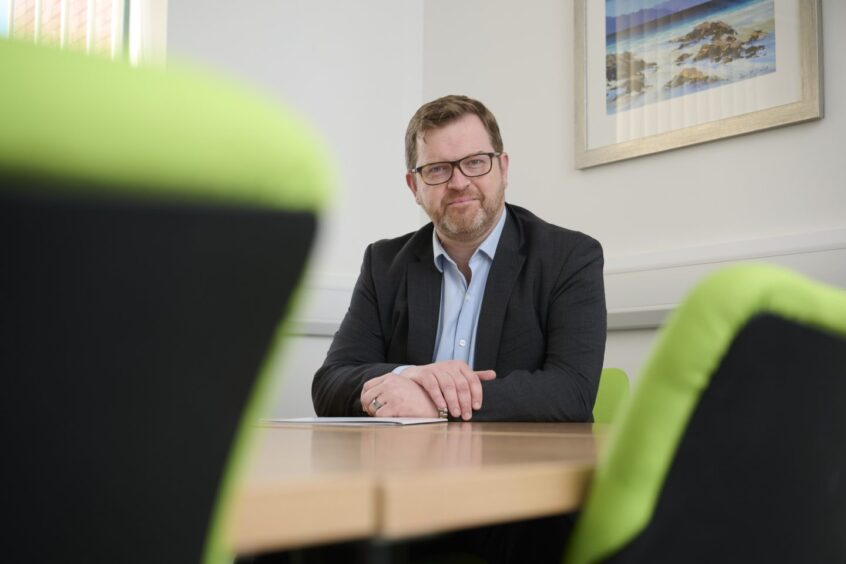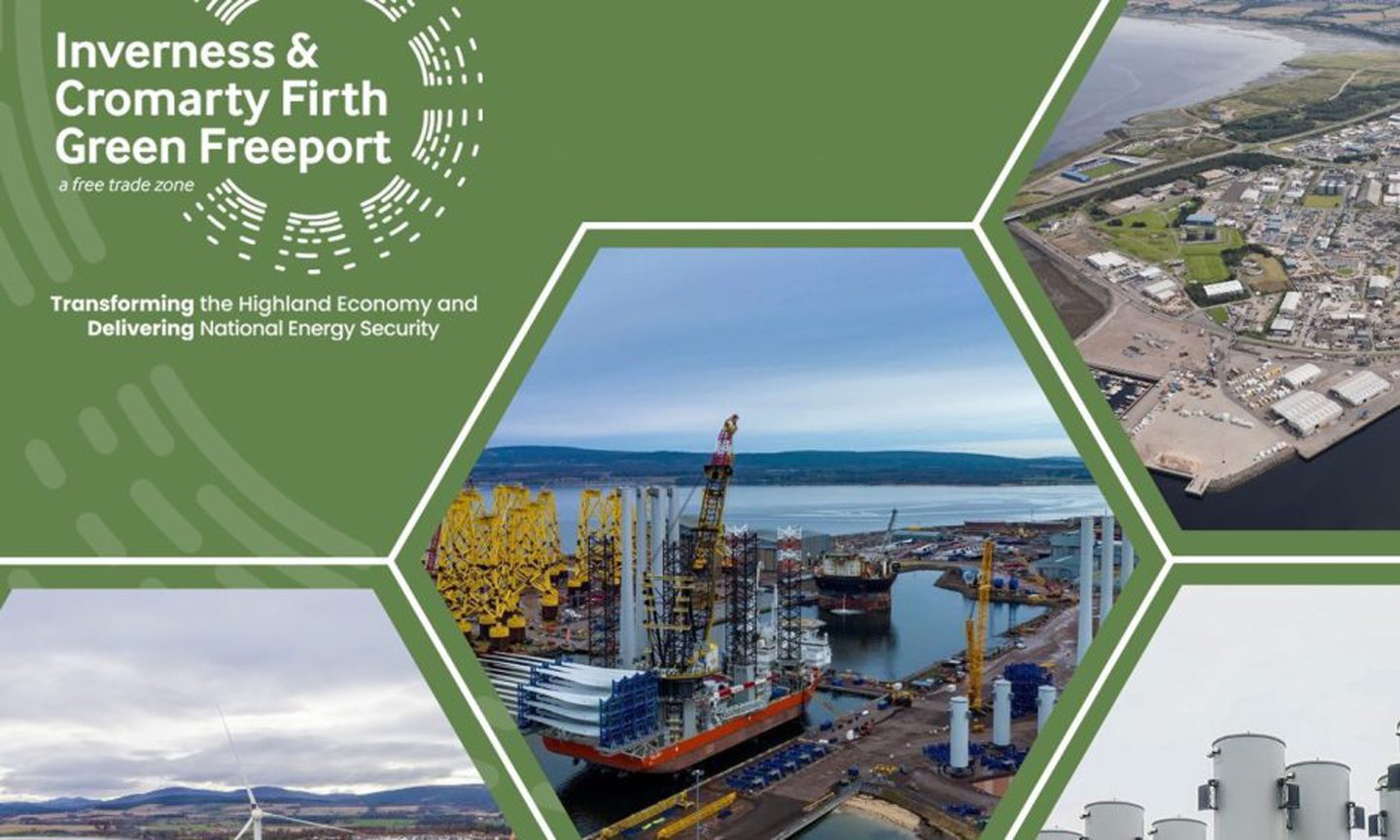
Bosses at Inverness and Cromarty Firth Green Freeport (ICFGF) have predicted the special tax status will deliver more than 10,000 new jobs and a £3 billion-plus economic boost for the Highlands.
It is forecast to create a further 6,000 jobs elswhere in the UK.
And it is expected to help address working age depopulation in the Highlands.
Green freeport business case ready to go
An outline business case for the new green freeport is about to be submitted to the Scottish and UK governments, which have still to formally award the special tax status.
According to ICFGF, the multi-billion-pound investment coming the north’s way can turn the region into Europe’s largest “hub” for offshore wind and associated renewable energy technologies.
‘Unprecedented opportunity’
Chief Executive Calum MacPherson said the headline figures underlined a “huge opportunity” for accelerating economic growth and innovation.
He added: “Following the ScotWind leasing round announcement last year, 20 offshore wind developments, representing a combined investment of almost £30bn, are currently being planned, with the majority of them close to our region.
“Green freeport status for the area, which has been supported from the outset by the green energy industry, presents us with the ability to maximise the lasting benefits to the Highlands, Scotland and the UK from that unprecedented opportunity.”
On the region’s depopulation challenge, Mr MacPherson said: “The latest census figures once again underline the alarming decline in the working age population of the Highlands.
“We now have a huge opportunity through the green freeport initiative to address that issue, creating not just jobs, but sustainable careers that will benefit the area for many years to come.
“Thousands of hours of work from our consortium partners have gone into creating our outline business case. Together, we have been able to produce what I am confident is an extremely strong proposition.”
‘Transformational’ initiative

He continued: “The joint effort to get us to this vital stage has demonstrated unprecedented levels of co-operation among those involved from the private and public sectors and academia.
“We look forward to continuing to work closely with the Scottish and UK governments as we further develop this transformational initiative.”
ICFGF was established as a company earlier this year, following the announcement by Prime Minister Rishi Sunak in January that Inverness and the Cromarty Firth would be the location of one of two green freeports in Scotland.
The outline business case for developing the green freeport sets out details of locations totalling about 1,360 acres and owned by 12 landowners. These would become “tax sites,” where preferential tax and customs rules apply.
Mr MacPherson said that, in total, the land, which includes areas on the shores of the Cromarty Firth, in Inverness and at Ardersier, amounted to the “largest green energy development site in the UK”.
Whjere does figure for new jobs come from?
Job creation figures were calculated by independent specialists, who interviewed landowners and potential investors for a detailed economic impact study, which forms a key part of the outline business case.
They forecast that if tax site designation is granted for the minimum five years available, green freeport status will deliver 10,250 new jobs in the Highlands and 16,500 across the UK over the next 25 years.
ICFGF believes that, with broader initiatives in the area connected with the growth of green energy, the levels of job creation may be even higher.
The business case was discussed at a Highland Council meeting today.
Council leader Raymond Bremner said: “This development signals a real beacon of hope and opportunity for our young people to stay, live and work in the Highlands.”
ICFGF is backed by the Port of Cromarty Firth, Global Energy Group, Port of Inverness and Ardersier Port owner Haventus.
Other partners include Highland Council, the University of the Highlands and Islands, and more than 30 regional, national and international businesses, public sector organisations and academic bodies.
Recommended for you

 © Supplied by Morrison Media
© Supplied by Morrison Media